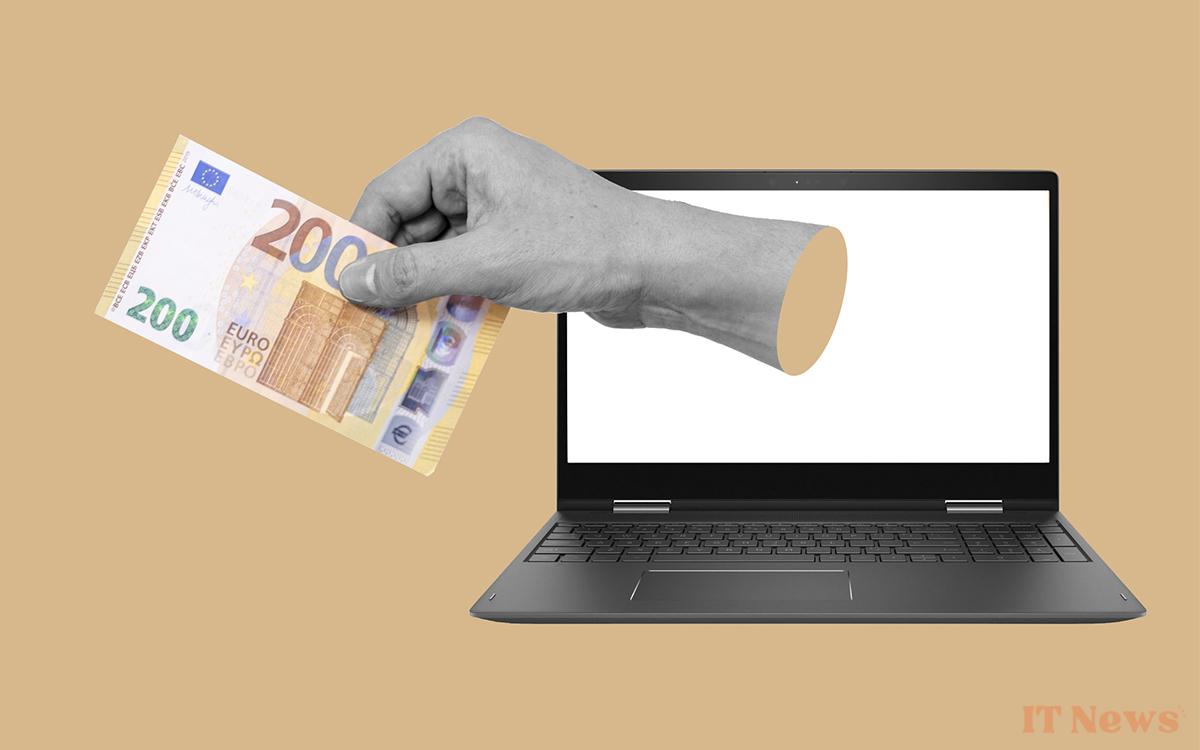In the event of banking fraud, institutions will have to provide evidence before claiming it's the customer's fault. This should make it easier for victims to get reimbursed.
You open your banking app and see with horror that your account is empty or almost. Several recent direct debits are listed, and they don't come from you. Suddenly, you remember that email you received a few days ago. It was a message from your bank asking you to click on a link to secure your transactions. You realize it too late: it was a scam. So you block the payment and contact the bank urgently to request a refund, as is your right. From there, there are two possible outcomes. In this customer's case, the bank had to pay her €60,000 after initially refusing to compensate her. In two other cases, the Court of Cassation ruled that the damages were shared, resulting in a refund of 50% of the stolen amount, but no more. A decision that reinforces banks' simple idea: it's better to automatically say that it's the customer's fault and see what happens next. This recent possibility could disappear.
In the event of a bank scam, the institution can no longer directly blame you
Still in a story of a virus installed after clicking on a link in a fraudulent email, the Court of Cassation ruled that the bank had not proven that it had done what was necessary. In this case, it should have understood that the 7 transfers made in a short period of time from the victim's account were not normal. This decision will have a major impact on future disputes of this type.
In short, banks will have to prove that they have complied with their obligations regarding due diligence and bank transfer controls. If the judge finds that the institution has indeed done nothing wrong, then the customer's negligence can be invoked and examined. It is therefore no longer possible to blame the victims for the scam a priori, which is excellent news. Of course, this should not prevent users from being extremely cautious. Scams are more relevant than ever.




0 Comments